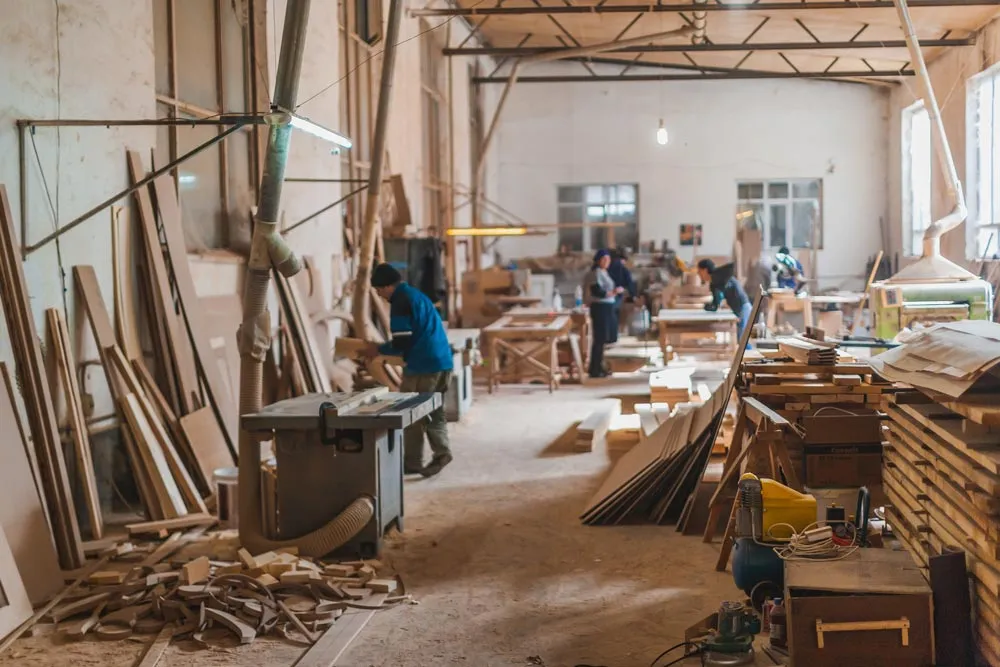- September 23, 2025
- No Comment
Buying Guide for Used Sawmilling & Woodworking Gear | Machines4U
What To Look Out For in Second Hand Sawmilling & Woodworking Items
Buying second-hand sawmilling and woodworking machinery can be a smart move especially for small businesses, hobbyists, or growing operations trying to stretch their budget. But not all used machines are created equal, that’s where Machines4U comes in.
In this guide, we’ll walk through what to inspect, red flags to avoid, and how to buy used woodworking equipment with confidence.
Why Consider Second-Hand Woodworking Equipment?
Second-hand machinery can offer serious advantages:
- Cost savings compared to new
- Immediate availability—no waiting on lead times
- Tried-and-tested models with proven reliability
But the key is knowing what to check before you commit.
General Inspection Tips for Used Machinery
1. Check for Excessive Wear or Corrosion
Look closely at:
- Bearings, guides, and moving parts for signs of fatigue
- Surface rust, especially around blades, spindles, or table tops
- Hydraulic or pneumatic lines for leaks or cracking
Tip: A bit of cosmetic wear is normal but if the machine sounds rough or moves erratically, that’s a bigger issue. Ask the seller how it runs if you are unsure.
2. Inspect for Modifications or Missing Parts
Machines that have been DIY-modified or stripped of guards, stops, or electronic components can be a safety risk and may void compliance in a commercial setting.
Ask the seller:
- Has this machine been modified from factory settings?
- Are all safety features present and functional?
Common Sawmilling Machines: What to Check
Bandsaws
- Blade guides and bearings should move freely and show minimal wear
- Check for cracks or warping in the frame or table
- Test tensioning mechanisms, they should be smooth, not stiff
Thicknessers & Jointers
- Check the cutterhead for dents or uneven knives
- Look at table flatness, a warped bed affects accuracy
- Test infeed and outfeed rollers for consistent grip
Portable Mills or Slabbing Saws
- Inspect track integrity and engine condition
- Check for leaks in hydraulic hoses
- Ask about cutting hours or past rebuilds
Electrical, Pneumatic or Dust Control? Don’t Skip These
Woodworking machinery often relies on reliable power and air.
- Three-phase motors: Confirm compatibility with your workshop power
- Dust ports: Should not be cracked, blocked, or missing attachments
- Pneumatic clamps or feeders: Listen for leaks or stuttering movement
Dust systems are often sold separately—factor this into your budget.
Questions to Ask the Seller
Before buying, ask:
- How often was this used? (Occasional use is better than daily commercial load)
- Why are you selling it?
- Do you have manuals or service records?
- Is it still under any warranty or return policy?
- Has anything been recently replaced or rebuilt?
Machines4U’s internal messaging system is a great way to verify these details safely before arranging inspection or freight.
Transport, Setup & Safety Considerations
- Weight and size: Do you have the means to move and install it?
- WorkSafe compliance: Especially for commercial use, verify guards, emergency stops, and dust control are compliant
- Replacement parts availability: Older or obscure models may be hard to maintain
Final Thoughts: Is It Worth Buying Used at this Price?
If the machine:
- Runs well
- Has minimal wear
- Has all parts intact
- Comes from a reputable seller with detailed specs & a description
…it can be a brilliant investment.
Machines4U connects buyers to hundreds of used woodworking machines across Australia—so you can filter by condition, price, location, or brand. Start your search today!




